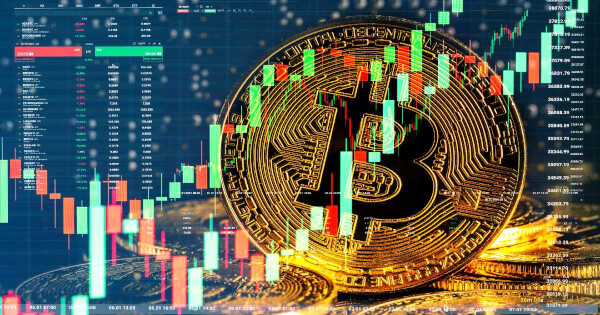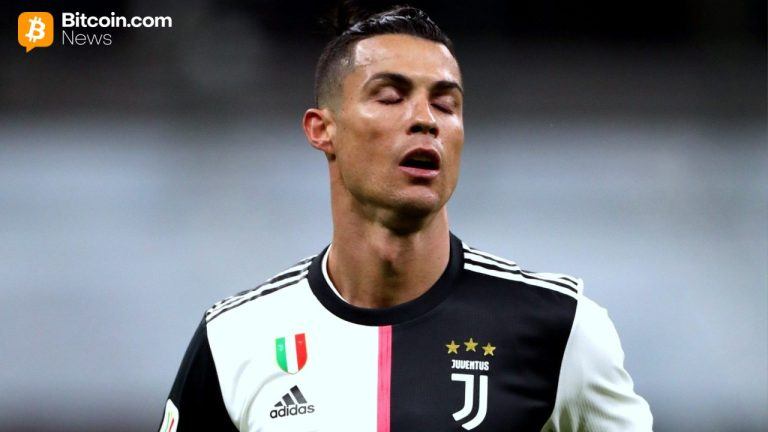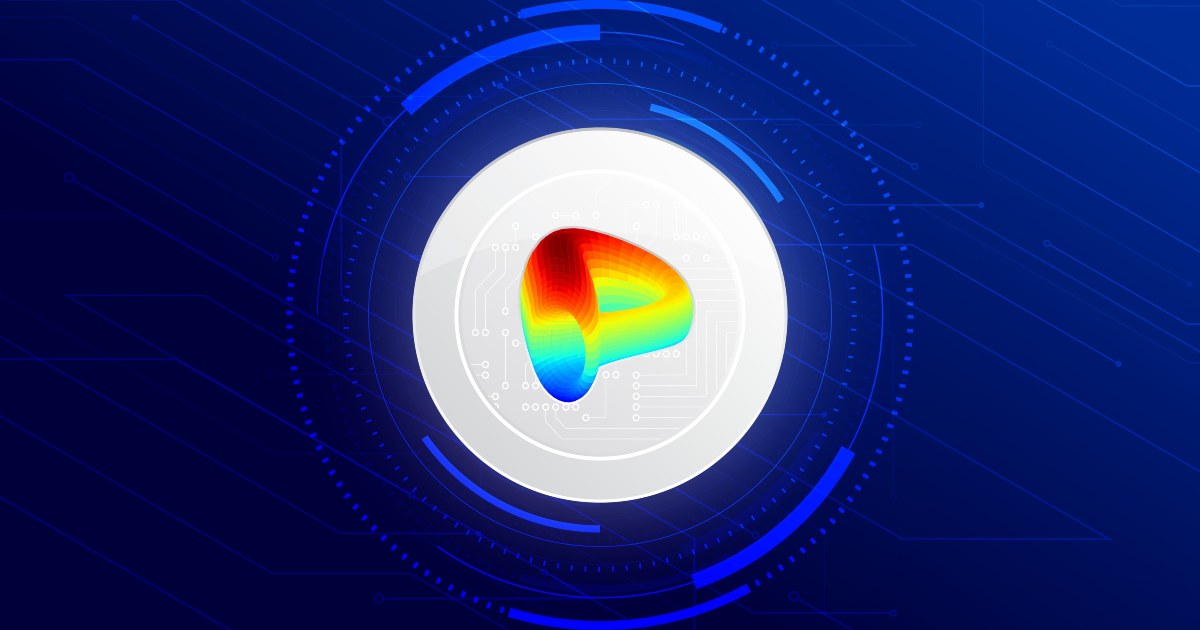Ok John, the time has come to talk about a very risky topic : Decentralized Lending & Borrowing.
"Ok, I will be all ears, I promise." You better be amigo :
Imagine you're an entrepreneur with a great business idea, but you need some money to make it happen. You can use your crypto as collateral to get a loan from DeFi lending platforms. Your collateral stays safe and even grows over time. However, there's a risk – if you can't repay the loan, you might lose your collateral.
DeFi lending and borrowing are changing the game, making loans accessible to everyone. These platforms have seen explosive growth, with borrowing reaching $9.7 billion in April 2021 – that's 102 times more than the previous year!
The top DeFi lending platforms are Compound, Maker and Aave. They're making finance more
inclusive for everyone.
Next, we are going to take a quick overview at what those platforms are and how they operate, is that okay John? "Yep, I am 100% devoted to learn those!" Nice, keep in mind that you might see some familiar one. Here is the answer :
Compound Finance is like a digital money marketplace where people can easily lend or borrow cryptocurrencies. It works on the Ethereum blockchain and has nine different cryptocurrencies you can use.
Here's how it works: People who have cryptocurrencies can lend them to the marketplace and earn interest. On the other side, people who need to borrow those cryptocurrencies can do so by paying interest. It's like a way for people with extra money to earn more, and for those who need money to get it.
Interest rates are given in a way called Annual Percentage Yield (APY), and they vary for each cryptocurrency. Compound uses fancy algorithms to figure out these rates based on how much of each cryptocurrency is available and how much people want to borrow.
What's cool is that you don't have to haggle over loan terms like interest rates or due dates. Everything is automated, making it easy for everyone.
Compound is the biggest lending platform in DeFi, and it introduced its own special token called COMP in June 2020.
"What about Maker?" Slow down buddy :
Maker is like the granddaddy of DeFi lending. It lets you borrow a special type of cryptocurrency called DAI by putting up other cryptocurrencies as collateral. DAI is designed to be worth the same as the US dollar.
Back in the day, Maker started with something called Single Collateral DAI (SAI), where you could only use Ethereum (ETH) as collateral. But then, they got fancier and introduced Multi-Collateral DAI (DAI), which lets you use 29 different cryptocurrencies as collateral. They even accept USDC, which is a regular stablecoin tied to the US dollar.
Maker did something groundbreaking by using a real house as collateral for a loan on the blockchain. This could be a big deal for bringing traditional finance into the crypto world.
One thing to note is that in Maker, you can't be a lender like in some other protocols. You can only borrow DAI by putting up collateral. DAI is a pretty popular stablecoin in the DeFi world John, remember this.
"And Aave?" Yes :
Aave is a bit like Compound, but it offers even more options. In April 2021, Aave let people lend and borrow 24 different cryptocurrencies, which is more than Compound.
Both Compound and Aave work in a similar way. People can lend their cryptocurrencies to others, who pay them interest. And people who need to borrow can get a loan from these lenders and pay interest on it.
What makes Aave special is that it introduced some cool features:
- Rate Switching: If you borrow money on Aave, you can choose between having a variable interest rate (which can change) or a stable interest rate (which stays the same).
- Collateral Swap: If you put up some cryptocurrency as collateral for a loan, and it's not doing so well, you can swap it for another cryptocurrency. This helps you avoid getting into trouble if the value of your collateral drops too much.
- Flash Loans: This is a bit wild. You can borrow money on Aave without putting up any collateral, but there's a catch. You have to pay back the loan, plus any interest and fees, all in one go within the same transaction. This is handy for people who want to do quick, low-risk trades in the world of DeFi.
"What are the supported assets?" Here is your answer John :
In the world of decentralized lending, trust is important. Borrowers have to put up more valuable assets as collateral, meaning they have to give something valuable to get a loan. This makes sure the lending system is safe. How much someone can borrow depends on the value of their collateral compared to the loan amount. This is called the "collateral ratio."
Compound is a bit more cautious. It only supports eight cryptocurrencies as collateral, and you can borrow nine different ones. Compound is pickier about the assets it accepts.
"What is their revenue?" That's a good question :
Lending platforms make money based on how much money people borrow. When people borrow, they have to pay fees, and these fees are what generate income for the lending platforms. Here's how each of these platforms makes its money:
- Compound: Some of the interest that borrowers pay goes into a reserve fund, kind of like insurance. This reserve fund is controlled by COMP token holders, and each supported cryptocurrency has a different reserve factor that decides how much money goes into the reserve.
- Maker: Borrowers not only pay back the loan amount but also an interest fee known as a stability fee. Different types of collateral have different stability fees.
- Aave: Aave has two types of fees. First, there's a tiny fee (0.00001%) on the loan amount when a loan is created in Aave V1. Second, there's a fee of 0.09% on the flash loan amount.
As of April 2021, Compound makes the most money compared to other lending platforms.
"What about total value locked?" Here is the TVL :
The Total Value Locked (TVL) has increased for all the lending platforms since October 2020. However, it's important to understand that the TVL growth for Aave and Maker has been more natural and not heavily influenced by incentives. In contrast, Compound has been offering ongoing incentives to encourage borrowers and lenders through their liquidity mining program. It's worth mentioning that Aave also started a liquidity mining program in April 2021.
"Hey man, can you tell me please about the utilization ratio (Borrowing Volume/TVL)?" Yes John. Here is the answer :
DeFi lending and borrowing platforms make money from the loans they provide, and the Total Value Locked (TVL) is the total amount of assets users deposit into these platforms for earning returns or using as collateral for loans.
To measure how efficiently each platform uses its TVL, we calculate the utilization ratio. A higher utilization ratio means the platform is using its TVL effectively. Compound seems to have the highest utilization ratio at 0.80.
However, it's important to consider that Compound's high utilization may be partly due to its incentive program that rewards borrowers with COMP tokens.
Now let's discuss about the lending and borrowing rates :
In lending protocols, there are two main groups of users: lenders and borrowers.
For Lenders: Compound provides the lowest APY among its peers because it focuses more on security.
For Borrowers: Borrowers look for platforms with the lowest interest rates, which means cheaper borrowing costs. Compound has competitive borrowing rates and a limited list of assets to borrow. Aave offers two rate options: variable and stable, so users can choose the cheaper one.
Now, focusing on DAI borrowers, Maker provides the cheapest interest rates compared to other platforms. Maker is significant in the DeFi ecosystem because it's the primary issuer of DAI, one of the largest stablecoins globally.
"And what are the risks that come with using those?" Great observation John :
- Technical Risks: These platforms rely on smart contracts, which are lines of code. If there are bugs in these contracts, hackers can exploit them and take away the collateral stored on these platforms. So, it's crucial for developers to be careful when deploying their code.
- Price Oracle Risks: Price oracles provide on-chain price data that these platforms depend on. However, these oracles can fail or be exploited. For instance, in 2020, Compound's price oracle was manipulated, resulting in significant losses.
- Collateral Management Risks: If you're a borrower, you face the risk of losing your collateral due to changes in cryptocurrency prices. Cryptocurrencies are highly volatile, so if the value of your collateral drops too much, your collateral can be taken away, and you'll suffer losses.
To avoid these risks, borrowers need to carefully manage their collateral and ensure it doesn't fall below a certain threshold, which could lead to liquidation and additional fees. Monitoring your collateral ratio is essential to prevent such losses.
"Any notable mentions?" 100% Johny :
- Venus: Venus Protocol works on the Binance Smart Chain and is similar to Compound and MakerDAO. It's a place where you can lend and borrow assets. Binance initially supported its development.
- Alchemix: Alchemix is unique because it offers self-repaying loans. Your collateral generates interest, and that interest pays off your loan, reducing the risk of liquidation.
- Liquity: Liquity is a DeFi borrowing platform where you can borrow their stablecoin, LUSD, without paying interest. You need to use Ethereum as collateral and maintain a minimum collateral ratio of 110%. The loans are backed by a pool of LUSD and other borrowers who act as a safety net.
TL;DR :
DeFi lending: Use crypto as collateral for loans. Top platforms: Compound, Maker, Aave.
Assets Supported: Compound offers 8/9, Maker accepts 29, Aave has 24.
Revenue: Compound earns from interest and reserves, Maker from stability fees, Aave from loan fees.
TVL: Growing on all, but Compound uses more incentives.
Utilization Ratio: Compound high due to rewards.
Rates: Compound has low APY for lenders, competitive for borrowers. Maker cheapest for DAI borrowers.
Risks: Technical, oracle, and collateral management risks exist.
Notable: Venus on Binance Smart Chain, Alchemix offers self-repaying loans, Liquity has no-interest loans.
All of the info above was written by me with the help of the How to Defi book, advanced edition, from Coingecko. Hope it helped others like it did for our boy John here!
[link] [comments]

You can get bonuses upto $100 FREE BONUS when you:
💰 Install these recommended apps:
💲 SocialGood - 100% Crypto Back on Everyday Shopping
💲 xPortal - The DeFi For The Next Billion
💲 CryptoTab Browser - Lightweight, fast, and ready to mine!
💰 Register on these recommended exchanges:
🟡 Binance🟡 Bitfinex🟡 Bitmart🟡 Bittrex🟡 Bitget
🟡 CoinEx🟡 Crypto.com🟡 Gate.io🟡 Huobi🟡 Kucoin.














Comments